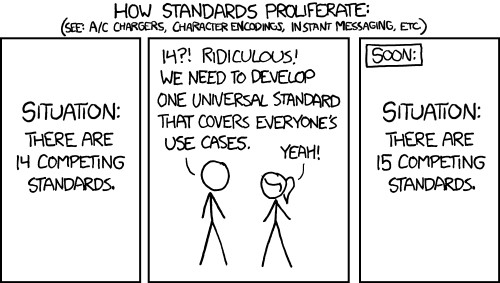
As archaeologists, we frequently celebrate the diversity and messiness of archaeological data: its literal fragmentary nature, inevitable incompleteness, variable recovery and capture, multiple temporalities, and so on. However, the tools and technologies that we have developed to use and reuse that data do their best to disguise or remove that messiness. Most of the tools and technologies that we employ in the recording, location, analysis, and reuse of our data generally try to reduce its complexity. Of course, there is nothing new in this – by definition, we always tend to simplify in order to make data analysable. However, those technical structures assume that data are static things, whereas they are in reality highly volatile as they move from their initial creation through to subsequent reuse, and as we select elements from the data to address the particular research question in hand. This data instability is something we often lose sight of.
The illusion of data as a fixed, stable resource is a commonplace – or, if not specifically acknowledged, we often treat data as if this were the case. In that sense, we subscribe to Latour’s perspective of data as “immutable mobiles” (Latour 1986; see also Leonelli 2020, 6). Data travels, but it is not essentially changed by those travels. For instance, books are immutable mobiles, their immutability acquired through the printing of multiple identical copies, their mobility through their portability and the availability of copies etc. (Latour 1986, 11). The immutability of data is seen to give it its evidential status, while its mobility enables it to be taken and reused by others elsewhere. This perspective underlies, implicitly at least, much of our approach to digital archaeological data and underpins the data infrastructures that we have created over the years.


